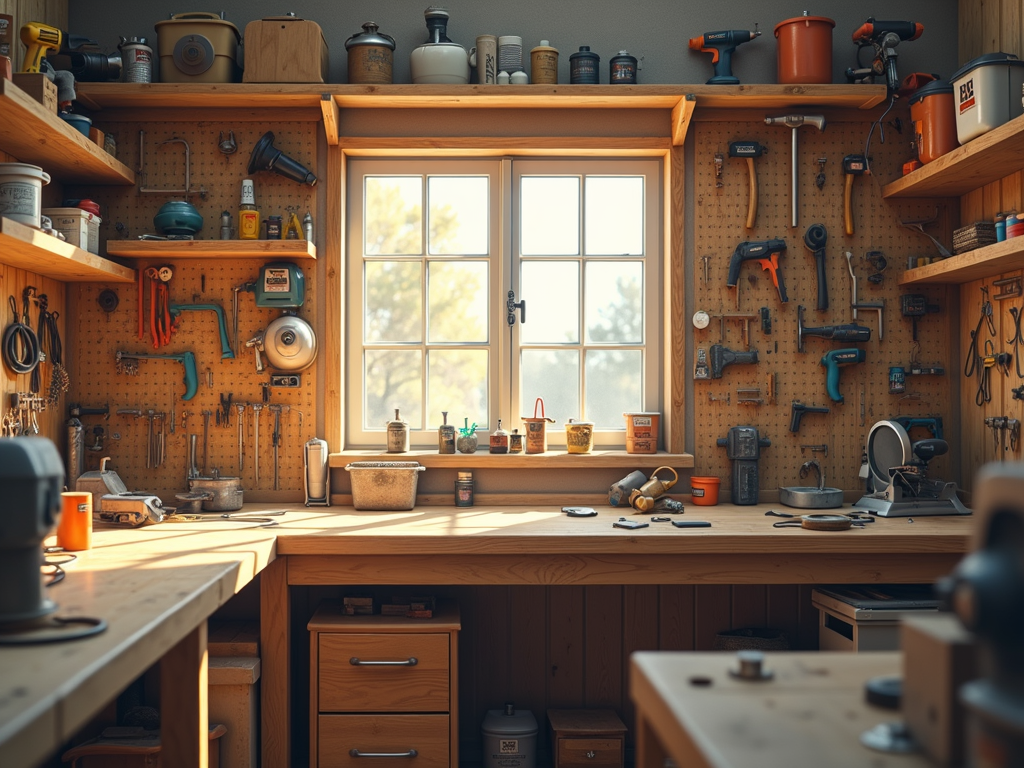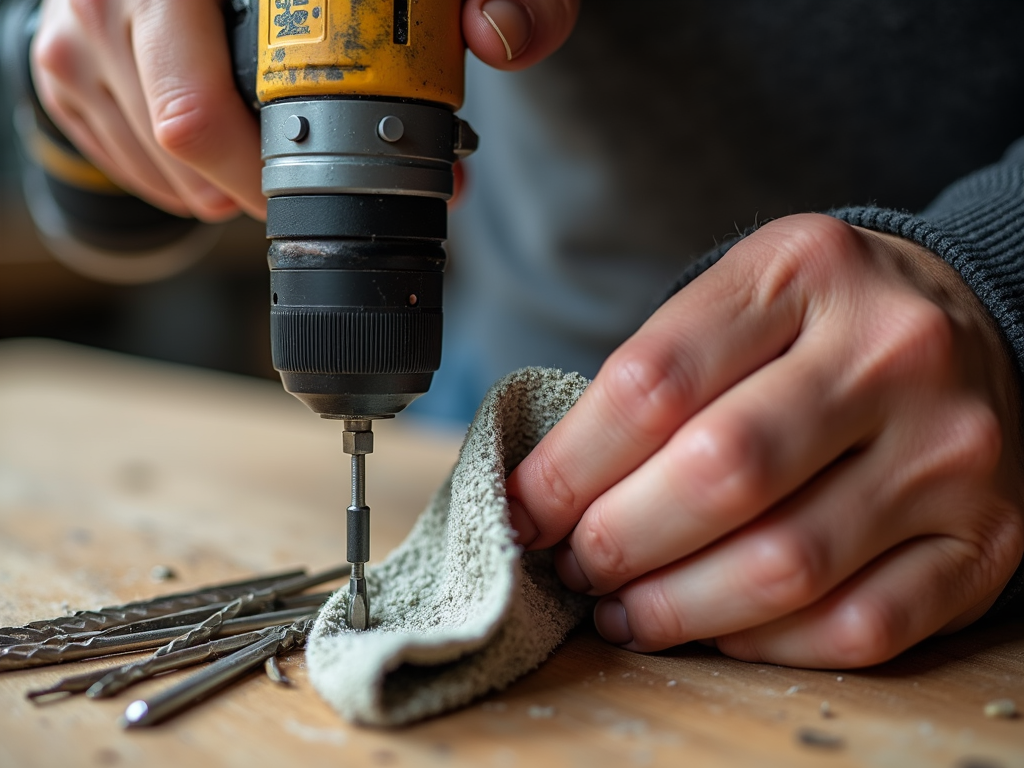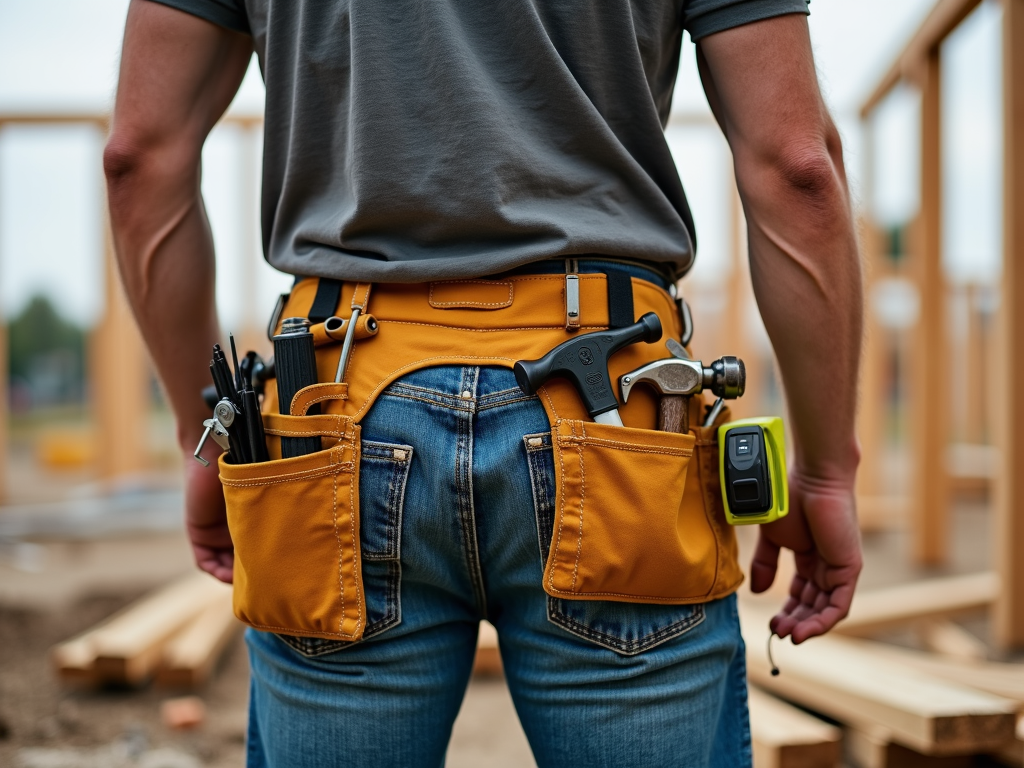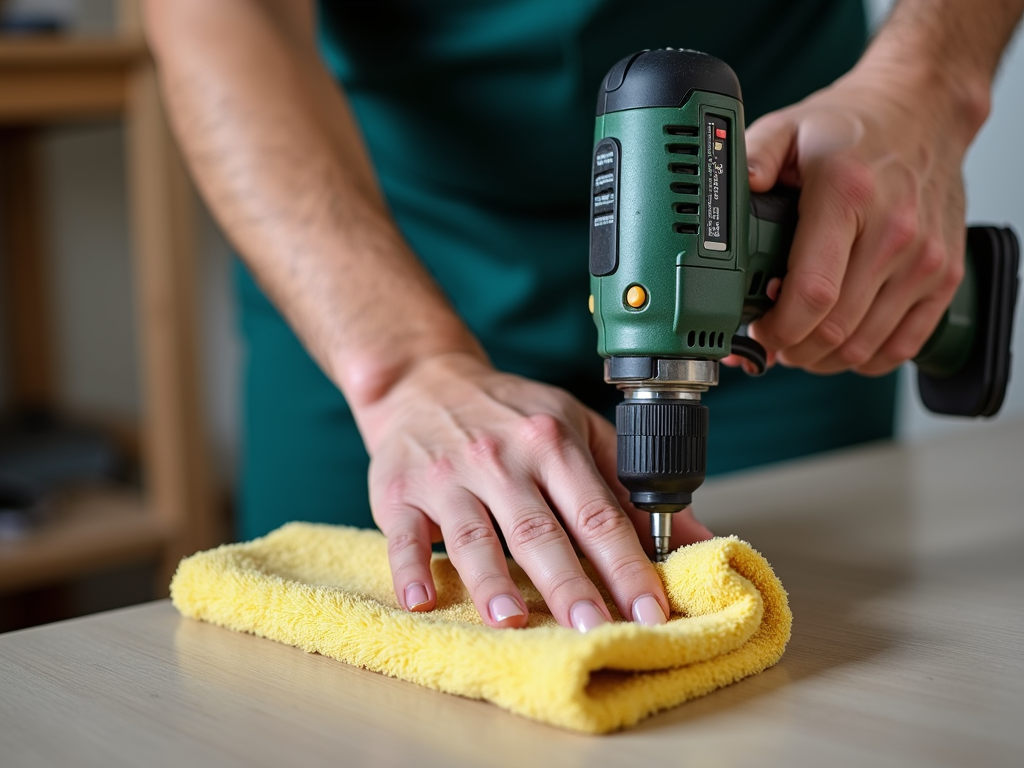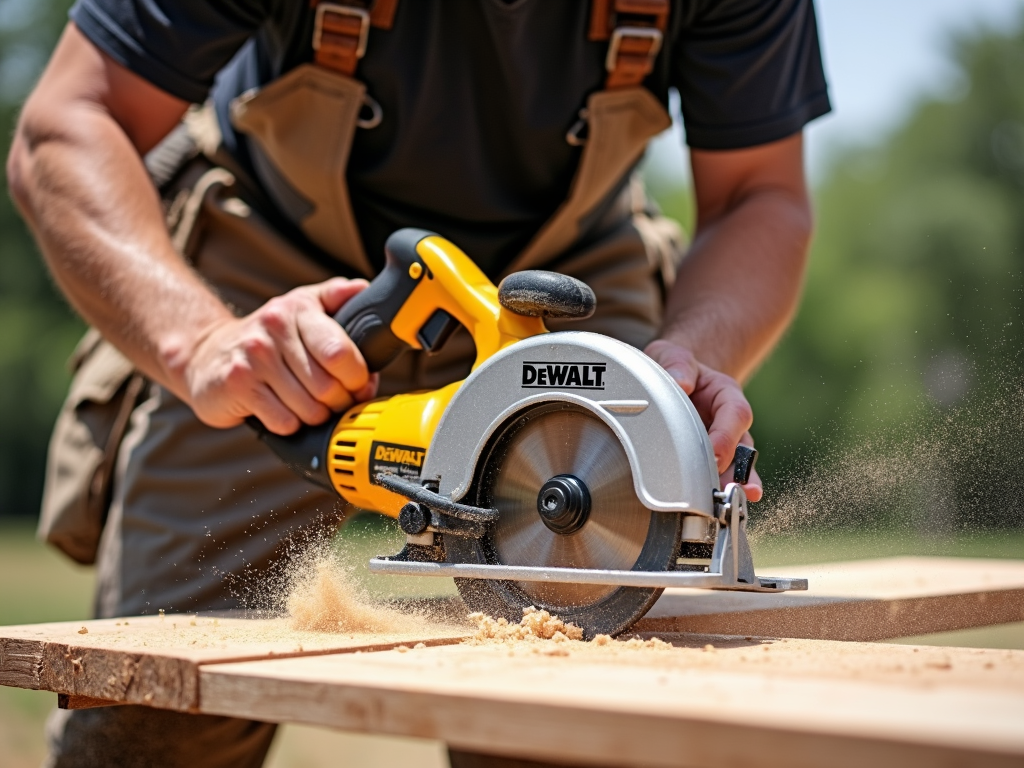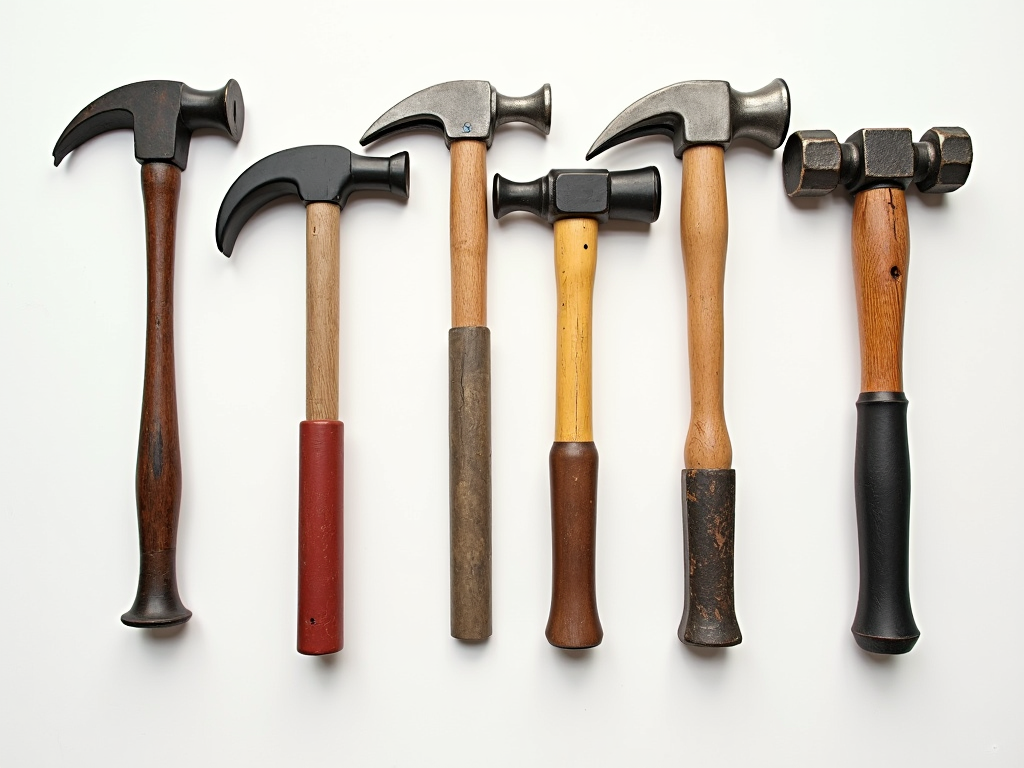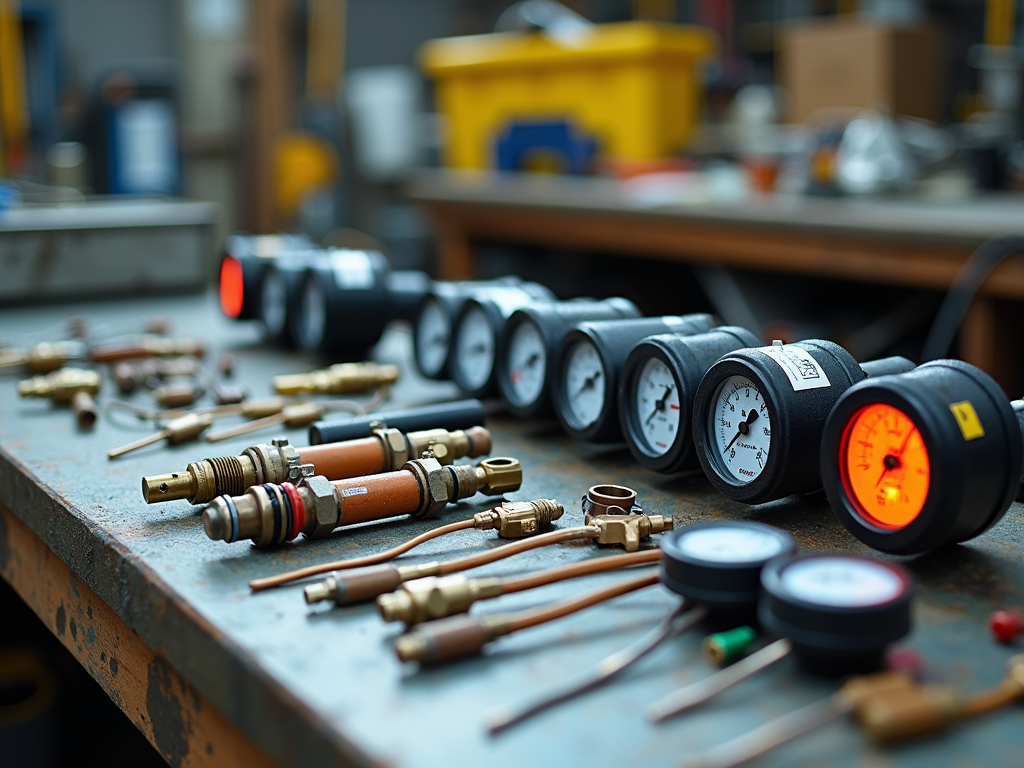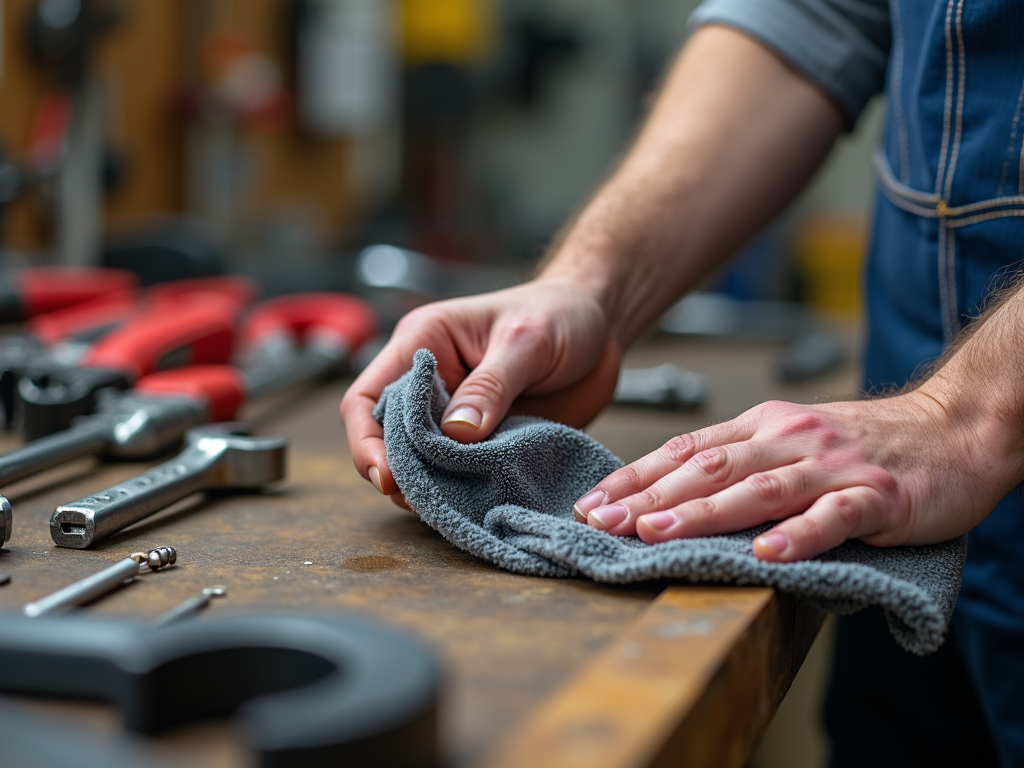Introduction: Why Tool Maintenance Matters
Tools are the heart of every DIY project and professional job. Whether you’re building a bookshelf or fixing a leaky pipe, your tools make it happen. But here’s the thing: even top-quality workman tools for contractors won’t last without proper care. Maintaining your tools for long-lasting use isn’t just about keeping them pretty—it’s about safety, efficiency, and saving money over time. I learned this the hard way when I left my favorite wrench out in the rain. It rusted, slipped during a job, and nearly cost me a bruised hand. A little care goes a long way.
In this guide, we’ll cover everything you need to know to keep your tools performing like new. From cleaning and storing to sharpening and lubricating, these steps will extend the life of your wrenches, hammers, and more. Let’s dive in and get your toolbox ready for your next big project—maybe even one from our DIY Project Ideas list!

Cleaning Your Tools: A Step-by-Step Guide
Cleaning your tools is the first step to keeping them in great shape. Dirt and rust don’t just look bad—they can make your tools harder to use. A grimy wrench, for example, might not grip properly, turning a simple task into a headache. Regular cleaning prevents this and keeps your tools ready for action.
Here’s how to clean your tools effectively:
- Gather supplies: You’ll need a rag, mild detergent, a wire brush, and maybe a rust remover.
- Wipe them down: Use a damp rag with detergent to remove dirt.
- Tackle tough spots: Scrub rust or grime with a wire brush or apply rust remover.
- Rinse and dry: Wash off any residue and dry completely—wet tools rust fast.
- Protect: Add a thin layer of oil to metal parts to stop rust from coming back.
Pro tip: After a muddy outdoor job, I once skipped cleaning my tools. Big mistake. The next time I needed them, they were caked in dirt and barely usable. Now, I clean them right after every messy project—it’s worth the effort.
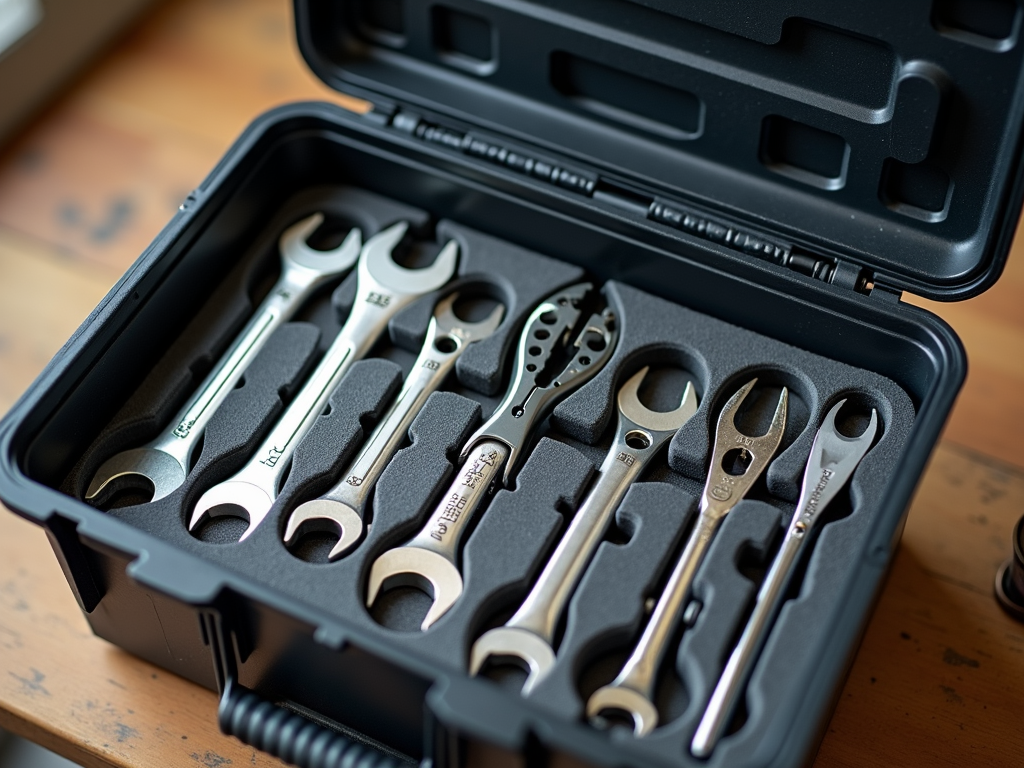
Storing Tools: Keep Them Safe and Ready
How you store your tools matters just as much as how you clean them. Tossing them into a pile might save time now, but it can lead to scratches, dents, or worse. Proper storage keeps them safe and easy to find when inspiration strikes for your next DIY Project Ideas.
Try these storage tips:
- Use a toolbox or pegboard: Keep tools organized and off the floor.
- Avoid damp spots: Moisture is rust’s best friend—store tools in a dry place.
- Add silica gel packs: These little packets soak up moisture in closed toolboxes.
- Separate sharp tools: Prevent blades from dulling by storing them apart.
I used to leave my tools in a damp basement corner. Within months, rust started creeping in. Now, I keep them in a toolbox with silica gel, and they’re still spotless years later.
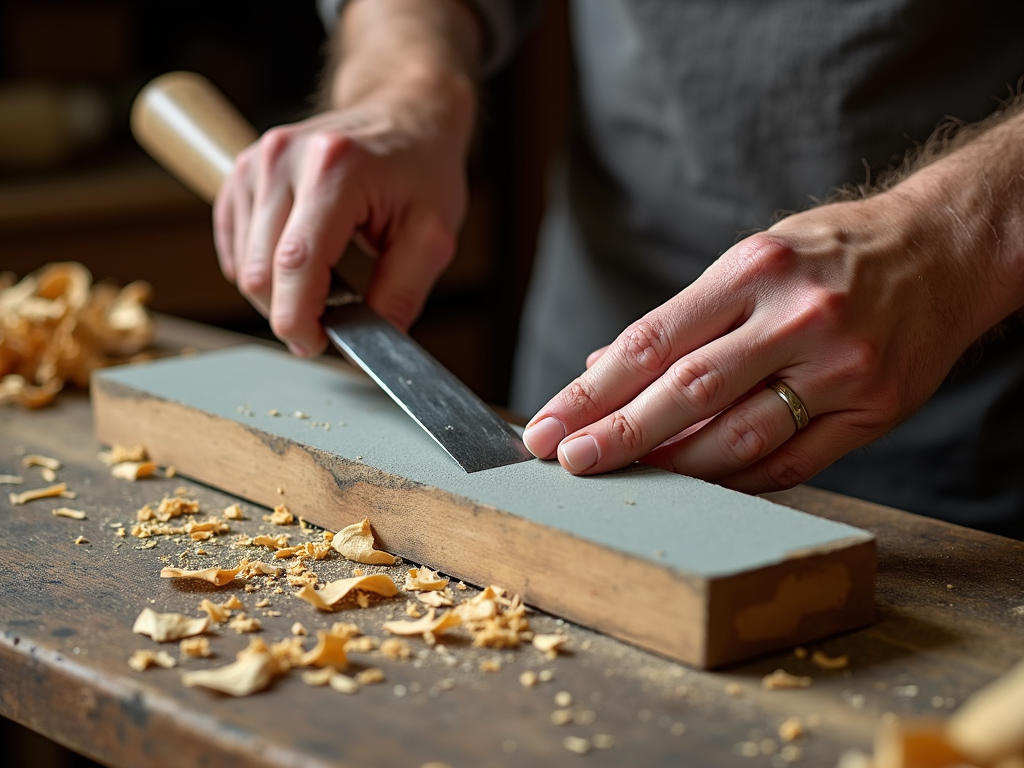
Sharpening Tools: Stay Sharp, Work Smart
Dull tools are a pain—literally. They take more effort to use and can slip, making them dangerous. Sharpening your tools, like chisels or drill bits, boosts performance and safety. Plus, a sharp tool makes every cut cleaner, whether you’re working on a pro job or a DIY masterpiece.
Here’s when and how to sharpen:
- When: Sharpen when you notice tools struggling to cut or bite.
- How: Use a whetstone or file, keeping the original angle (usually 20-30 degrees). Move the blade smoothly across the stone, then test it.
- Safety: Wear glasses—metal bits can fly.
I’ve found that a sharp wrench isn’t always the issue—it’s about choosing the right wrench for your projects. But for cutting tools, sharpening is non-negotiable. A dull chisel once tore up my wood instead of shaping it. Never again.

Lubricating Tools: Smooth Moves, Less Wear
Moving parts—like the hinges on pliers or the threads on adjustable wrenches—need lubrication to stay smooth. Oil reduces friction, prevents rust, and cuts down on wear. Skipping this step can turn a trusty tool into a squeaky, stiff mess.
Check out this quick lubrication guide:
| Tool Type | Recommended Lubricant |
|---|---|
| Wrenches | Light machine oil |
| Pliers | WD-40 or similar |
| Screwdrivers | None needed |
| Hammers | None needed |
Apply a few drops to moving parts, wipe off excess, and you’re good to go.
I started oiling my pliers after one seized up mid-job. Now, they glide like new every time. It’s a small step that makes a big difference.
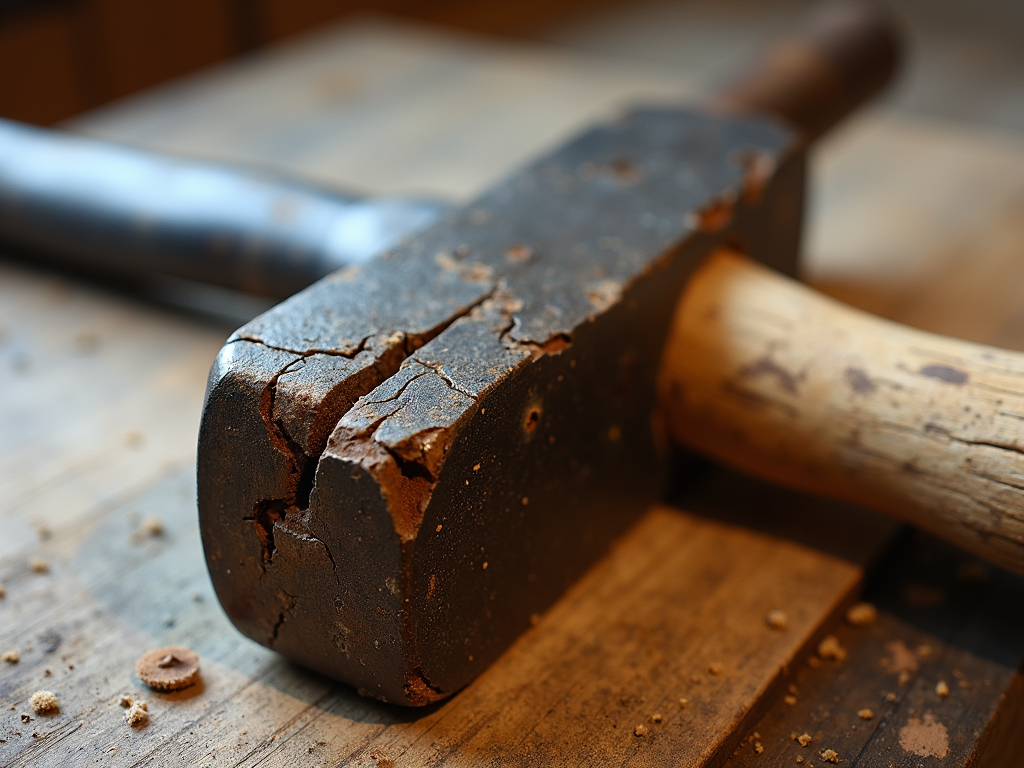
Inspecting Tools: Catch Problems Early
Regular check-ups can save your tools—and your projects. Look for cracks, bends, or loose parts. A small issue, like a wobbly screwdriver tip, can grow into a big problem if ignored. Inspecting keeps your top-quality workman tools for contractors in fighting shape.
What to check:
- Metal: Look for rust, cracks, or bends.
- Handles: Check for splits or looseness.
- Moving parts: Test for stiffness or wobble.
If something’s off, fix it or replace it before it fails you mid-task.
I once ignored a tiny crack in a hammer handle. Halfway through driving a nail, it snapped. Now, I inspect everything monthly—it’s a habit that pays off.
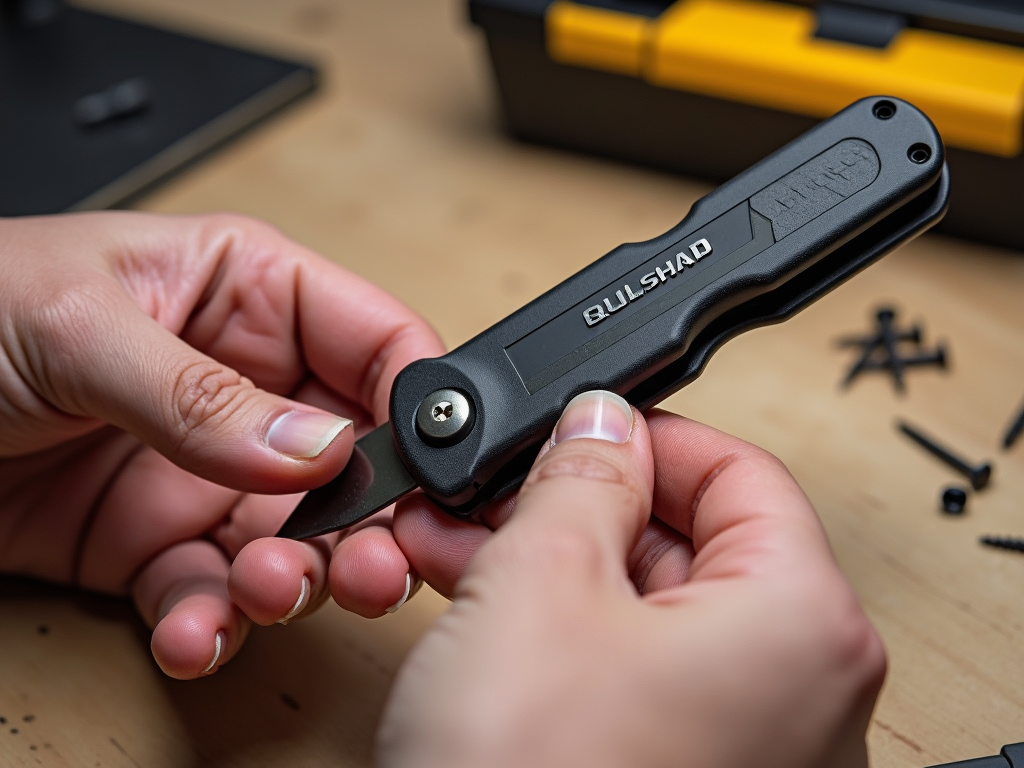
Repairing Tools: Fix or Replace?
Some tools can be saved with a quick repair, while others are better off replaced. Tightening a loose screw or swapping a worn part can breathe new life into a tool. But if the damage is deep—like a bent wrench jaw—it’s time to let go.
Simple fixes you can do:
- Tighten screws: Use a screwdriver to secure loose handles.
- Replace parts: Swap out blades or tips when possible.
- Sand wooden handles: Smooth out splinters and coat with linseed oil.
For big repairs, like re-forging metal, leave it to a pro.
I’ve fixed plenty of tools, but I once tried to salvage a bent wrench. It never gripped right again. Knowing when to repair versus replace is key.
Conclusion: Tools That Last a Lifetime
Maintaining your tools for long-lasting use is about more than upkeep—it’s about respect for the work they do. Clean them, store them right, sharpen them, oil them, check them, and fix them when needed. These steps ensure your tools are ready for any job, from quick fixes to big DIY Project Ideas. With a little effort, your toolbox can serve you for years, saving you time and money while keeping every project on track.
Related Maintaining Your Tools for Long-Lasting Use:
- How to Extend the Life of Your Power Tools
- The Ultimate Guide to Workshop Equipment Maintenance
- DIY Maintenance Insider Hacks: Keep Your Workshop Equipment in Top Shape
- How to Sharpen Your Chisels
- Tool Belts with Customizable Pockets: The Ultimate Guide for Workmen
- Picking the Right Drill for Your Needs: A Beginner's Guide
- Why Dewalt Tools Dominate the Industry: A Deep Dive into Their Success
- How to Use Hammers Safely: Essential Tips for Every Workman
- Smart Home Basics for Beginners: A Comprehensive Guide
- Enhancing Your DIY Projects with Rotary Tools: A Comprehensive Guide
- Understanding Industrial Sensors: The Backbone of Modern Automation
- Essential Maintenance Tips for Workman Tools: Keep Your Gear in Top Shape

